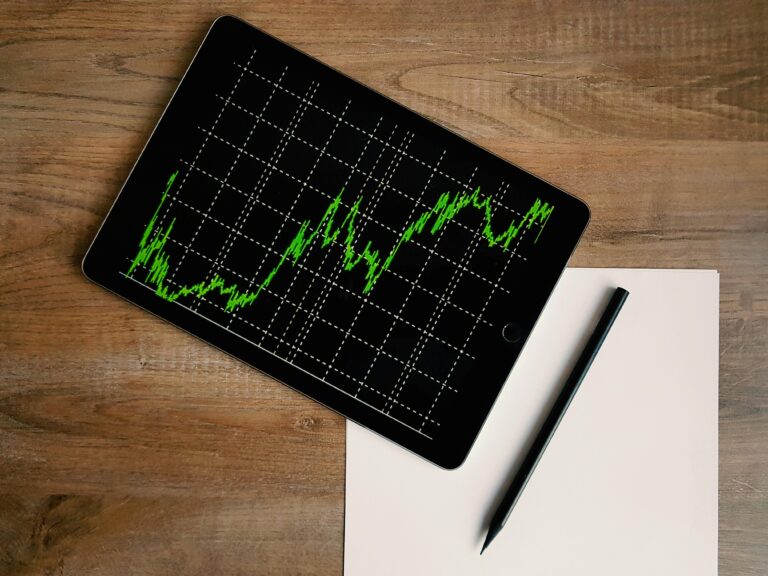If you’re into trading, you’ve probably heard about leverage. At first, it might sound complicated, but it’s just a way of trading with more money than you actually have in your account. Simply put, leverage helps you increase your buying power on the market without needing all the money upfront.
Leverage can be your friend, increasing your profits when trades go your way. But it can just as easily increase your losses if the market moves against you. That’s why it’s really important to understand how leverage works and use it carefully.
Let’s go through exactly what leverage is, how to calculate it, the risks involved, and some strategies you can use to stay safe and make profits. Let’s begin!
What Is Leverage? Principles and Examples
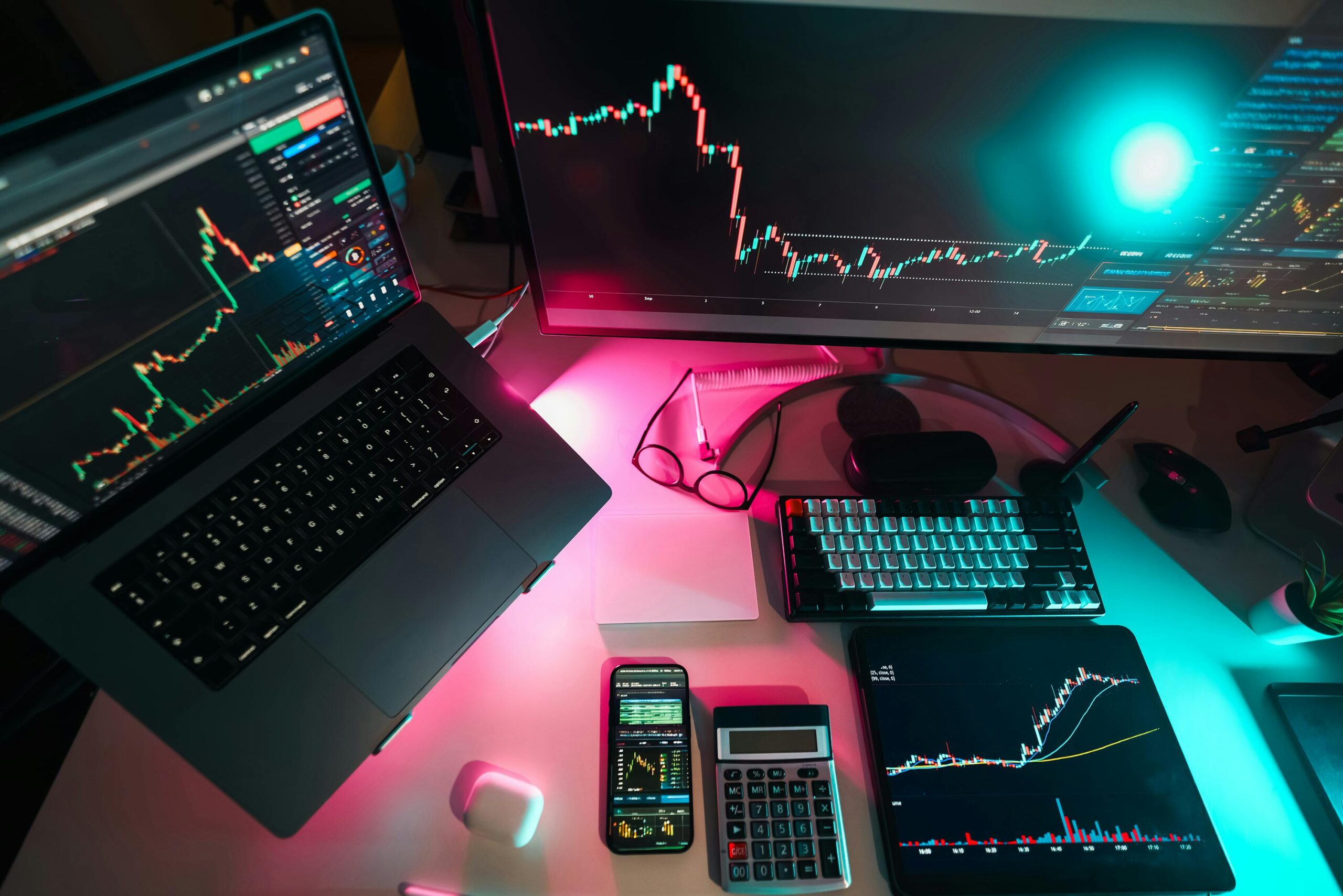
Leverage lets you control much larger amounts of money than what’s actually in your trading account. This means you can earn bigger profits even with a small amount of money. But be careful! The same force that can multiply your profits can also make your losses much bigger.
How does leverage work?
Leverage is a way for traders to handle larger amounts of money than they actually have. Basically, the broker lends you extra money, and you put down only a small part of the total amount as security (called margin).
Example:
- You have $1,000.
- You use 10x leverage.
- Now you can trade as if you had $10,000.
If prices move in your favor, you earn profits 10 times bigger. But if prices move against you, your losses get big just as fast.
Why do traders use leverage?
Traders use leverage because it allows them to make bigger profits even if they don’t have a lot of money to start with. It’s common in markets like Forex, crypto, stocks, commodities, and indexes. But leverage also comes with big risks. If you’re not careful, you could quickly lose all your money.
Practical examples of leverage
Imagine you invest in gold:
- You have $1,000, and choose 10x leverage.
- Your trade size is now $10,000.
- If the gold price goes up 5%, your profit is $500 instead of just $50.
- But if it goes down by 5%, you lose $500.
If the market keeps going down and you don’t have enough money to keep your trade open, your broker will close your trade automatically (margin call), and you could lose your entire account balance.
How to Calculate Leverage

Understanding leverage is easier when you know how to calculate it.
The leverage formula:
Leverage = Total value of trade ÷ Your own capital
Example:
- You have $1,000.
- You open a $10,000 trade.
- Your leverage = $10,000 ÷ $1,000 = 10x.
Higher leverage means more risk, as your profits and losses grow faster.
Understanding leverage levels (10x, 50x, 100x)
- 10x leverage → You control a trade worth 10 times your money.
- 50x leverage → Your trade is worth 50 times your actual money.
- 100x leverage → You can trade 100 times your real money.
Higher leverage can bring quick profits, but it also increases risks dramatically. At 100x leverage, even a small market move against you (just 1%) could completely wipe out your account.
Beginners usually stick to lower leverage (2x to 10x) to avoid large losses.
How leverage affects the money needed for a trade (Margin):
With leverage, you don’t have to put all the money upfront. You deposit a small amount called margin as a security.
- 10x leverage → Margin needed: 10% of the total trade.
- 50x leverage → Margin needed: 2% of the total trade.
- 100x leverage → Margin needed: only 1% of the total trade.
Example:
If you want to open a $10,000 trade:
- With 10x leverage, you need $1,000.
- With 50x leverage, you need just $200.
- With 100x leverage, you need only $100.
It sounds great, but remember: higher leverage means higher risk. One wrong move can cost you your entire trading account. Beginners should start with low leverage and use a clear strategy and risk management like stop-loss orders.
Financial Instruments with Leverage
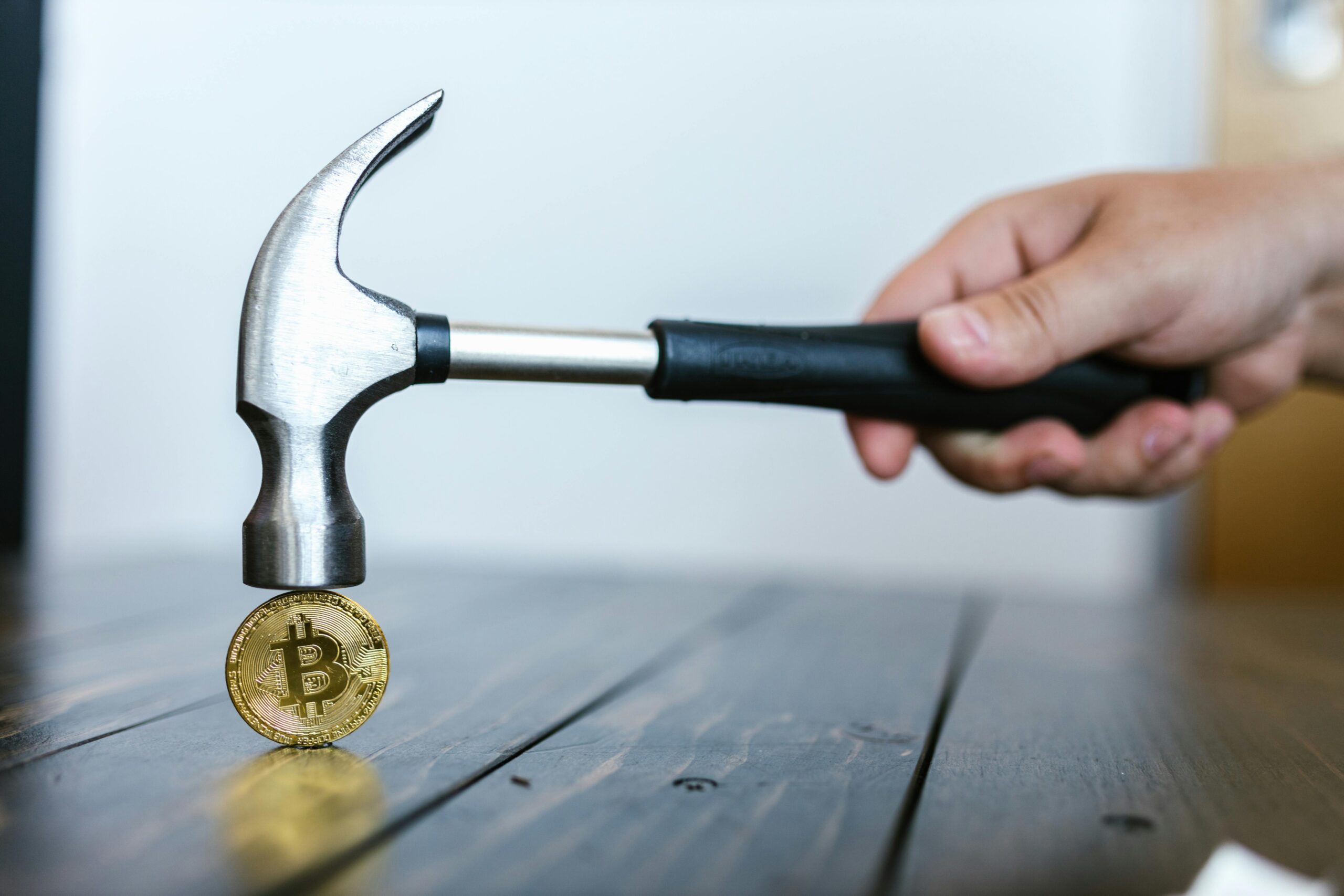
Leverage can be used with different financial markets. Each has its own advantages and risks.
Main financial markets where leverage is common:
- Forex — Trading currencies. Usually offers very high leverage (up to 100x or more).
- Stocks — Using leverage to trade stocks or ETFs, but usually with lower leverage than Forex.
- Cryptocurrencies — Popular but very risky due to big price changes.
- Commodities — Such as gold, oil, and silver. Big price swings can lead to large profits or losses.
- Stock Indexes — Speculating on markets like S&P 500 or FTSE 100 using leverage.
Each market is different. Understand the specific tools you’re trading and always use leverage carefully.
Options, Futures, CFDs — What’s the Difference and When to Use Them?
You can trade using leverage in many ways. Choosing the right one depends on your trading style, experience, and how much risk you’re willing to take.
- CFDs (Contracts for Difference)
- Great for short-term trading.
- You can trade with leverage on markets like Forex, stocks, commodities, and cryptocurrencies.
- You don’t actually own the asset; you just guess if the price will go up or down.
Best used if: You want quick trades without owning actual stocks or crypto. But be careful—high leverage means you can lose money fast if you’re not careful.
- Futures (Longer-term contracts)
- Good for longer-term trades with a clear plan.
- Usually used for commodities, stock indexes, and cryptocurrencies.
- Leverage is built-in, and contracts expire after a set date.
Best used if: You’re experienced and have a clear strategy. Be careful about contract expirations and margin requirements, because mistakes can quickly cost you money.
- Options
- Very flexible but require more knowledge.
- Great for managing risk and complex trading strategies.
- Needs advanced knowledge to be profitable.
Best used if: You want more control over your risk. But because options are complex, they aren’t great if you’re new to trading.
Risks and Benefits of Leverage Instruments
Advantages of using leverage:
- You can make bigger profits with less money.
- Many trading opportunities across different markets.
- More flexibility in your trading.
Risks of using leverage:
- Losses can become big very quickly.
- Your trades can be closed automatically if you don’t have enough money to cover losses (called liquidation).
- Extra costs like interest and fees if you hold trades open longer.
Each instrument has its pros and cons:
- CFDs are perfect for fast trades.
- Futures are better if you have more experience.
- Options offer flexibility, but you need deep market knowledge.
If you’re new, start small and try out your strategy on a demo account first. Leverage is powerful, so use it carefully!
How to Use Leverage Safely (Smart Trading Strategies)
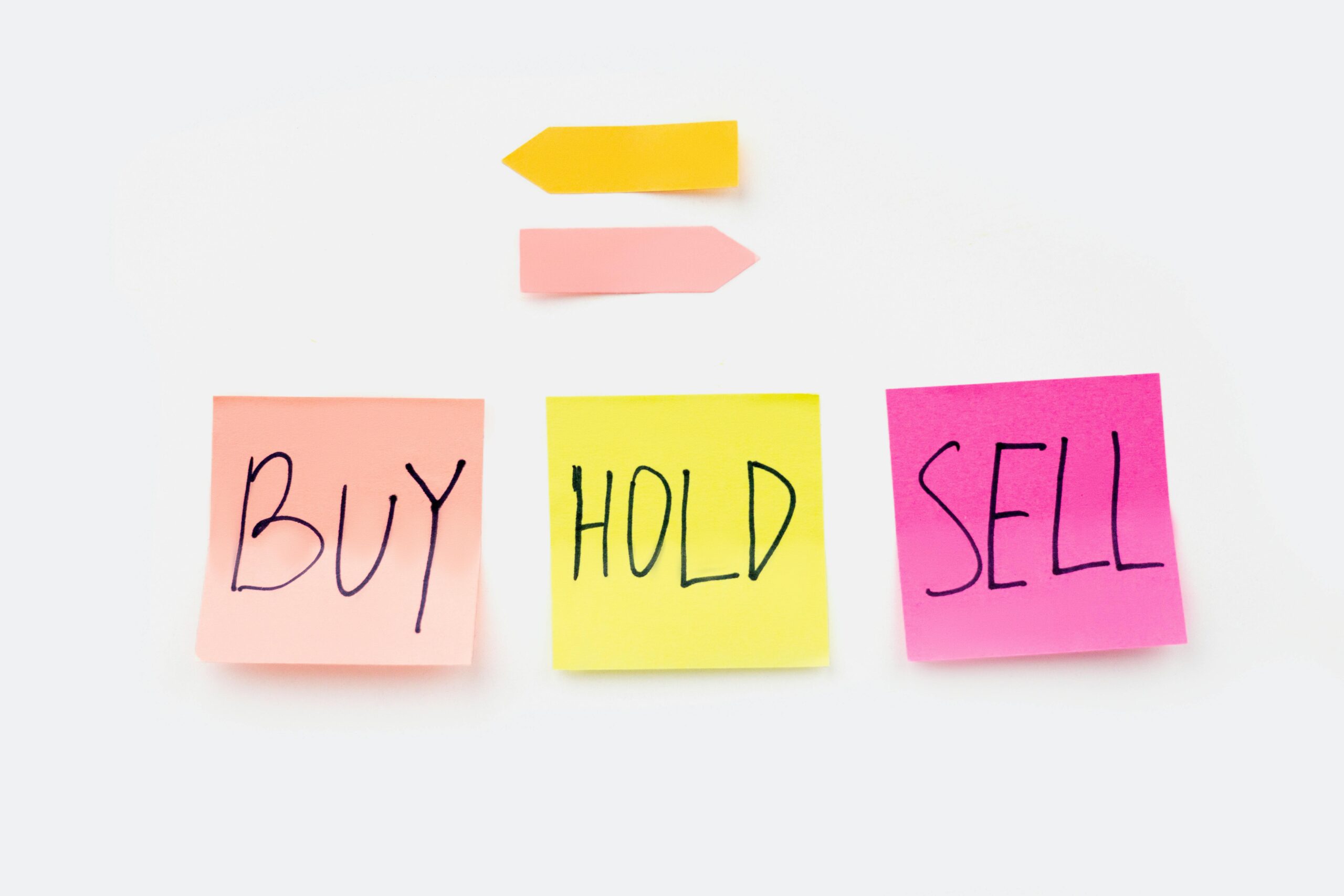
Leverage can be used with different financial markets. Each has its own advantages and risks.
Main financial markets where leverage is common:
- Forex — Trading currencies. Usually offers very high leverage (up to 100x or more).
- Stocks — Using leverage to trade stocks or ETFs, but usually with lower leverage than Forex.
- Cryptocurrencies — Popular but very risky due to big price changes.
- Commodities — Such as gold, oil, and silver. Big price swings can lead to large profits or losses.
- Stock Indexes — Speculating on markets like S&P 500 or FTSE 100 using leverage.
Each market is different. Understand the specific tools you’re trading and always use leverage carefully.
Options, Futures, CFDs — What’s the Difference and When to Use Them?
You can trade using leverage in many ways. Choosing the right one depends on your trading style, experience, and how much risk you’re willing to take.
- CFDs (Contracts for Difference)
- Great for short-term trading.
- You can trade with leverage on markets like Forex, stocks, commodities, and cryptocurrencies.
- You don’t actually own the asset; you just guess if the price will go up or down.
Best used if: You want quick trades without owning actual stocks or crypto. But be careful—high leverage means you can lose money fast if you’re not careful.
- Futures (Longer-term contracts)
- Good for longer-term trades with a clear plan.
- Usually used for commodities, stock indexes, and cryptocurrencies.
- Leverage is built-in, and contracts expire after a set date.
Best used if: You’re experienced and have a clear strategy. Be careful about contract expirations and margin requirements, because mistakes can quickly cost you money.
- Options
- Very flexible but require more knowledge.
- Great for managing risk and complex trading strategies.
- Needs advanced knowledge to be profitable.
Best used if: You want more control over your risk. But because options are complex, they aren’t great if you’re new to trading.
Risks and Benefits of Leverage Instruments
Advantages of using leverage:
- You can make bigger profits with less money.
- Many trading opportunities across different markets.
- More flexibility in your trading.
Risks of using leverage:
- Losses can become big very quickly.
- Your trades can be closed automatically if you don’t have enough money to cover losses (called liquidation).
- Extra costs like interest and fees if you hold trades open longer.
Each instrument has its pros and cons:
- CFDs are perfect for fast trades.
- Futures are better if you have more experience.
- Options offer flexibility, but you need deep market knowledge.
If you’re new, start small and try out your strategy on a demo account first. Leverage is powerful, so use it carefully!
How to Use Leverage Safely (Smart Trading Strategies)
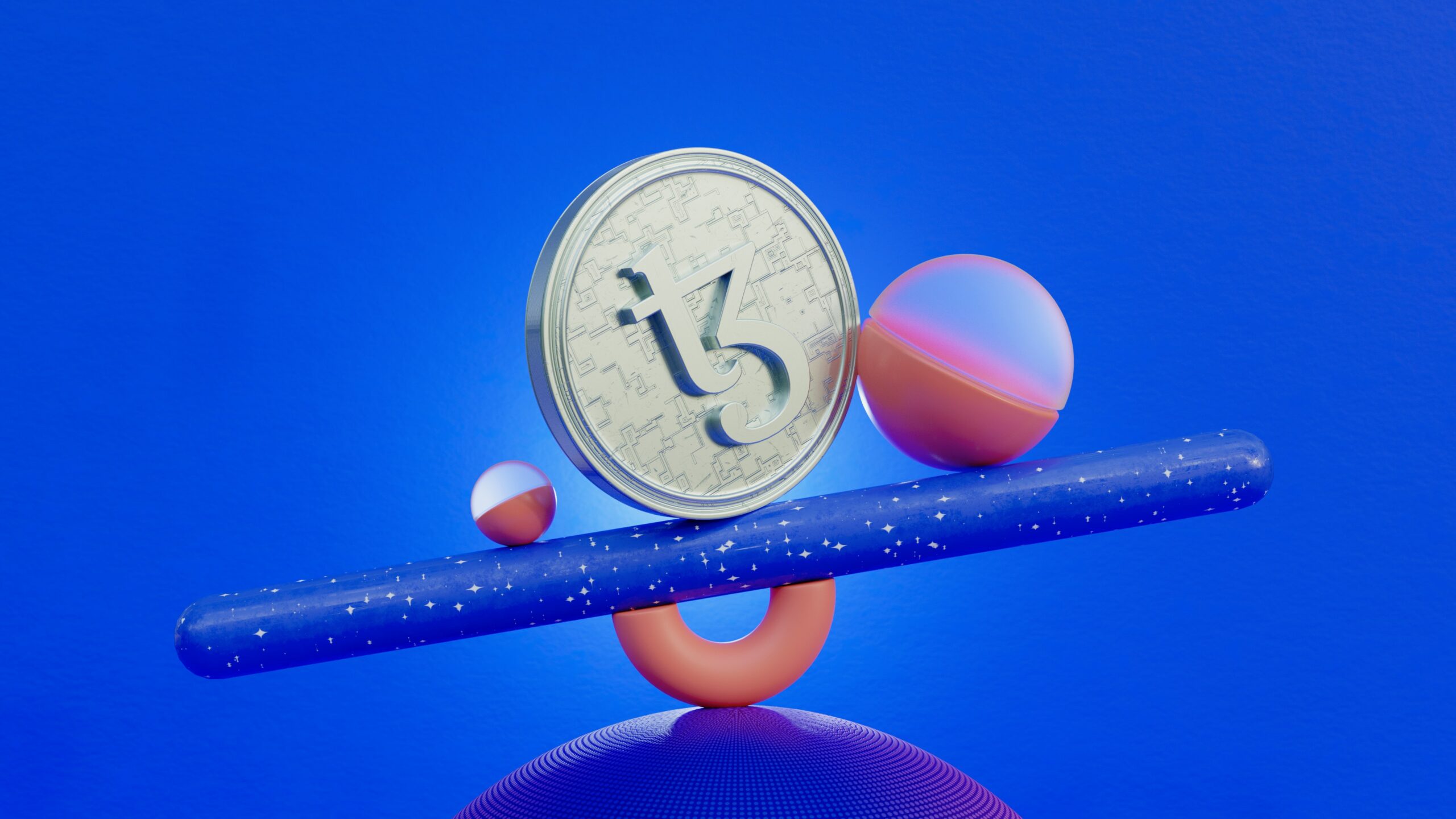
Leverage is a powerful tool — but very risky. You must know both the advantages and the dangers to trade responsibly.
How leverage multiplies profits and losses:
Example: You have $1,000 and use 10x leverage (trade size = $10,000).
- If the price goes up 5%, you earn $500 (instead of just $50 without leverage).
- If the price goes down 5%, you lose $500 (half your money!).
With higher leverage (50x or 100x), even tiny market moves against you (1-2%) can wipe out your whole account quickly.
So always pick leverage carefully and have a clear strategy to protect your money!
Common Mistakes to Avoid When Trading with Leverage
Many traders, especially beginners, make costly mistakes when using leverage. Here are some common errors you should avoid:
Using Too Much Leverage Without Experience
Using high leverage might sound exciting, but it’s very risky. If you’re new, it’s easy to lose all your money in just one trade. Start small (2x–5x leverage) and increase it slowly as you gain more experience.
Ignoring Stop-Loss Orders
If you don’t set a stop-loss, one bad trade can keep losing money until your account is empty. A stop-loss protects your money by limiting losses. Always set one when you open a trade.
Trading Without a Clear Plan
Many traders jump into trading without a clear plan, treating it like gambling. Without a clear strategy, you’ll trade based on emotions, which usually leads to big losses. Always plan your entry, exit, and stop-loss points before trading.
Risking Too Much on One Trade
Putting too much money into one trade is dangerous. A good rule is not to risk more than 1–2% of your money on a single trade. This way, even if you lose several trades, you won’t lose all your money.
Tips for Responsible Use of Leverage
If you want to use leverage wisely and protect your money, follow these tips:
Start with Low Leverage
Beginners should always start with low leverage (2x–5x). Only increase it when you trust your strategy and have enough experience.
Always Use a Stop-Loss
A stop-loss protects your investment and limits losses. Place it carefully—give yourself enough space for normal price moves, but protect yourself from big losses if the market changes quickly.
Don’t Put All Your Money into One Trade
Spread your risk and avoid putting all your money into one trade. If one trade goes badly, you’ll still have money left to keep trading.
Keep Learning and Testing Strategies
Trading with leverage requires constant learning. Study the market, try out new trading ideas on a demo account, and analyze your trades to become better.
Leverage can be powerful, but only if used smartly. It can help you make money, but it can also cause huge losses without a good strategy.
Choose the right leverage for your experience, always use a stop-loss, never risk more money than you can afford to lose, and keep learning. Successful trading comes from discipline and smart risk management.
About Trading Busters
Trading Busters is a place where you learn how to trade smart, without false promises or cheap tricks. We’re a community of passionate traders, dedicated to financial education and effective trading strategies. We offer clear information, practical tips, and detailed analysis to help you make better decisions. Whether you’re new to trading or have experience, Trading Busters gives you everything you need to become better and trade with confidence.
